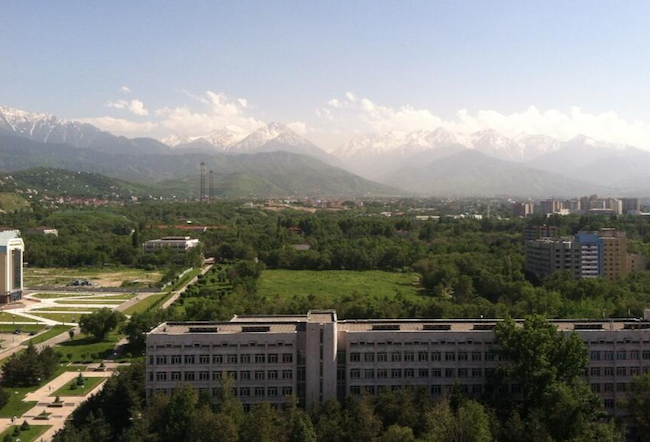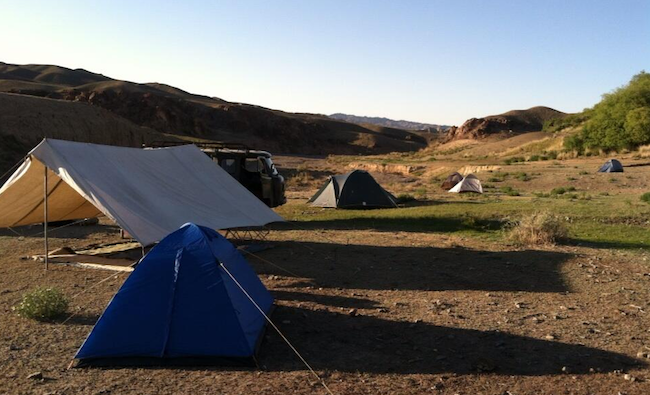I am not a legal expert. What follows is in no way intended to be a legal exegesis of the arguments at stake in the recently decided Maryland v King supreme court case. However, I do know something about genomics and have a strong academic interest in the public consumption and circulation of genomic data. My response to the 5-4 supreme court decision, upholding the right of police to take DNA information from individuals arrested for–but not convicted of–criminal activity, comes from this perspective.
DNA is not just a fingerprint
My initial response to the oral arguments in this case focused on what I saw as Anthony Kennedy’s misleading characterization as DNA identification as the “21st century fingerprint.” I maintain that objection now, despite this analogy situating prominently in the SCOTUS decision:
When officers make an arrest supported by probable cause to hold
for a serious offense and bring the suspect to the station to be detained in custody, taking and analyzing a cheek swab of the arrestee’s DNA is, like fingerprinting and photographing, a legitimate
police booking procedure that is reasonable under the Fourth
Amendment (emphasis added)
As I said previously, DNA is a wonderful unique identifier, but it contains a lot more information than simply who you are right now. Much more information, I would argue, than is embedded within a fingerprint or photograph. DNA says something not just about who you are, but also who your relatives are, and potentially about who you or your relatives might become in the future. It is this added informational property of DNA that underscores my objection to both the analogy and the SCOTUS decision.
An important part of the majority’s rationale is the fact that the Maryland law only allows for the genotyping of CODIS (Combined DNA Index System) markers, the set of 13 short-tandem repeat loci (STRs) used by federal law enforcement for DNA identification. The majority opinion cites a 2012 article by Katsanis & Wagner, which examined what you can learn, aside from identity, from the 13 CODIS markers. They conclude that at this time, there is little else that can be gleamed from these STR sites, but note that this conclusion could change in the future. Both Katsanis and Wagner appeared on a Huffpost live discussion this morning to talk about the case, a conversation I highly recommend watching (here is the link).
The heart of the majority decision rests on the interpretation that DNA can be used as an identifying element in a normal booking procedure, despite acknowledging that DNA, because of the time and cost associated with genotyping, cannot actually do this at the present. Rather, the advantage of DNA is in criminal investigation related to past crimes. Justice Kennedy’s rationale rests of subsuming one’s past crimes into the notion of identity.
The only difference between
DNA analysis and fingerprint databases is the unparalleled accuracy
DNA provides. DNA is another metric of identification used to connect the arrestee with his or her public persona, as reflected in records of his or her actions that are available to the police (p. 3)…
It may not be as fast as fingerprinting (p. 3)
To my legally naive self, this seems dubious and seems instead to represent a warrant-less search (i.e. an investigation of unrelated crimes under the auspices of an arrest). In thinking about this from an anthropological perspective it is worth pointing out that arrests by law enforcement are social actions that reflect the biased distribution of power within our society. As an example, there was considerable reporting this week about huge disparities in arrests for marijuana despite similar rates of usage between white and black Americans (for a recap, see here). As citizens, we have some capacity to prevent wrongful conviction, but little capacity to prevent wrongful arrest. This decision effectively turns arrests into an investigative tool through DNA identification.
Incentivizing DNA utilization
Expanding on the implications of this decision a little more, this is yet another step in the movement towards incentivizing the use and development of genetic technologies. The effectiveness of DNA in resolving cold-case files means this could actually have a much greater immediate impact than the genetic revolution of “personalized medicine,” but at the cost of much individual genetic privacy. There is a great post by Michelle Meyer at The Faculty Lounge that touches on some of these issues.
Readers with either response to King — horror or nonchalance — should consider the merits of a universal DNA database — one that contains 13 identifying loci from each of us, with a prohibition on further analysis of those loci (which are very unlikely to reveal any significant information beyond identity, in any event), and penalties for violating that prohibition. Collecting DNA from arrestees to solve unrelated crimes not only constitutes a search without individualized suspicion, it also constitutes a search of individuals (an arrestee’s relatives) whose legal relationship to the state has not, unlike the arrestee, resulted in a reduced expectation of privacy, and additionally subjects them to more traditional investigation and surveillance by the state. Moreover, it disproportionately subjects some ethnic/racial minorities and other groups to such indirect surveillance. If we’re going to include in “offender” databases individuals whom we have absolutely no reason to suspect of having committed any offense, then it seems only fair to equally distribute whatever privacy burden that entails on everyone. A universal database would also avoid exacerbating the problem of a criminal justice system already viewed as discriminatory (and hence illegitimate) towards certain groups in our society. And what better way to promote reasonable uses of the database and the adoption of meaningful penalties for its misuse than to include everyone in it — including lawmakers and other powerful individuals?
The Maryland law is set up so as to expunge DNA profiles if their is a failure to convict, but this aspect of the statue varies across jurisdictions. Indeed, in most states that collect DNA profile information, the burden to initiate expunging of data from databases falls on the individual. So another implication of this decision is to encourage the continued development of large, public DNA databases. This can be viewed in multiple ways. I am a big open access fan, and large public databases are wonderful tools for encouraging openness and developing high quality research. However, is the appropriate executer of such a database federal, state and local law enforcement?
It should also be pointed out that DNA identification, while dramatically cheaper than it was even a few years ago, comes at a greater monetary cost than current identification practices. A big winner in this decision is the genomics industry. It is less clear whether your average on the street law enforcement officer wins. It is pretty clear that anyone with concerns about individual genetic privacy is likely to be a loser in this case.
******
1. Katsanis, Sara H., and Jennifer K. Wagner. “Characterization of the Standard and Recommended CODIS Markers*.” Journal of forensic sciences 58.s1 (2013): S169-S172. DOI:10.1111/j.1556-4029.2012.02253.x






